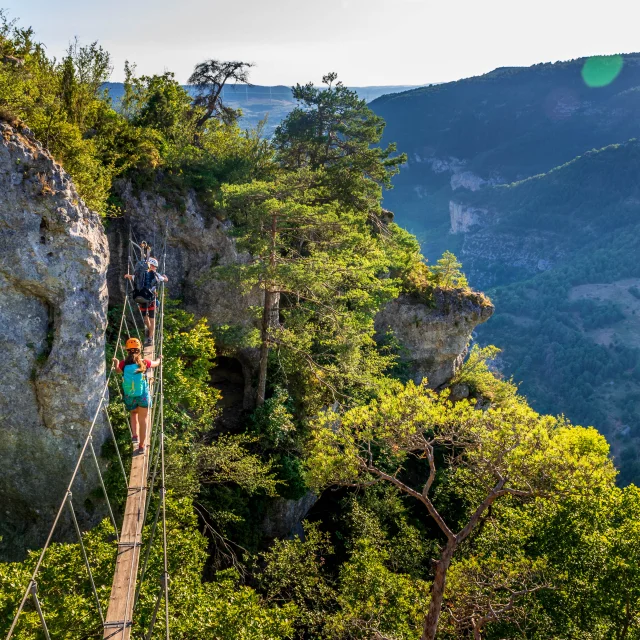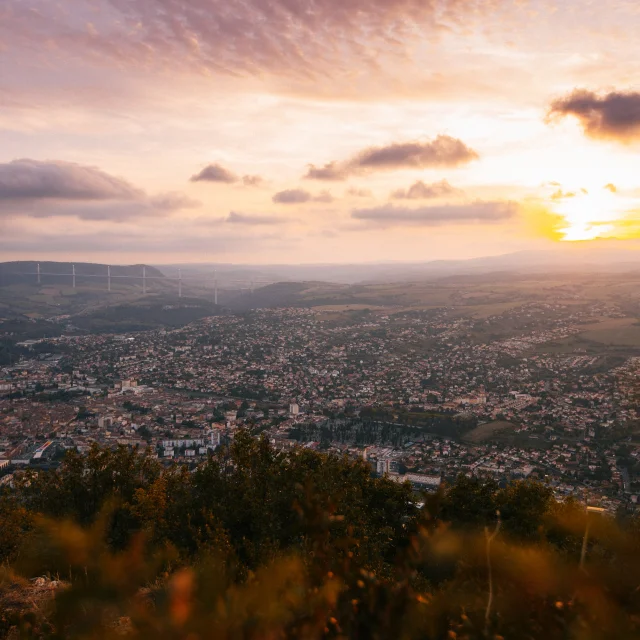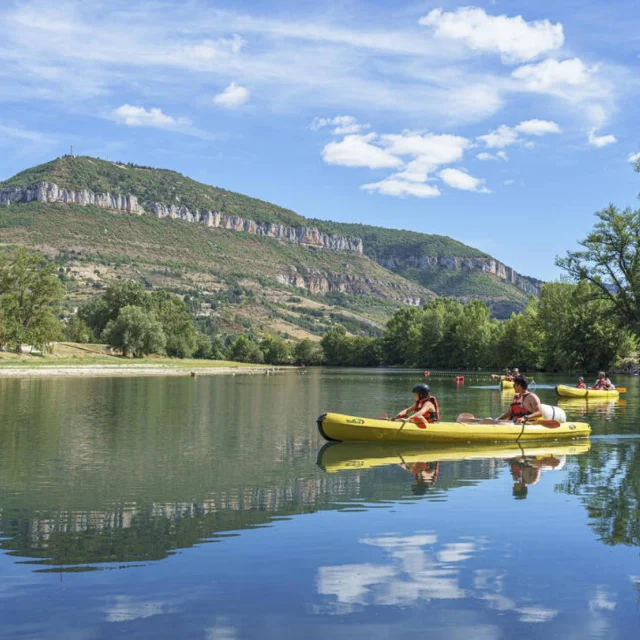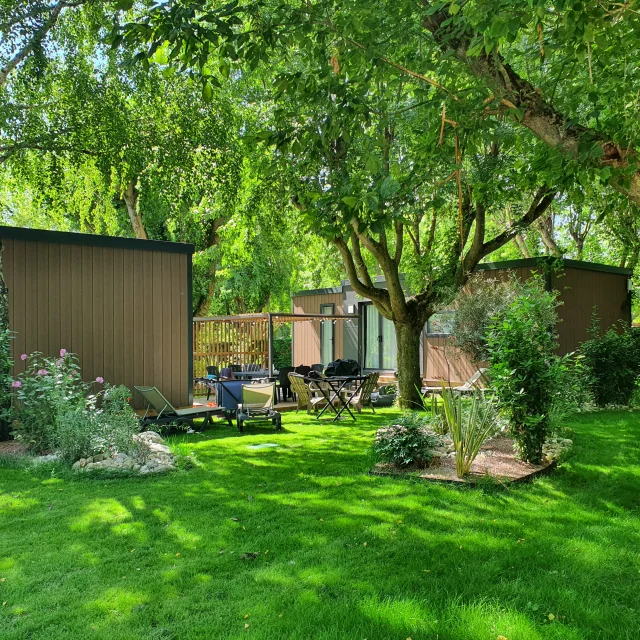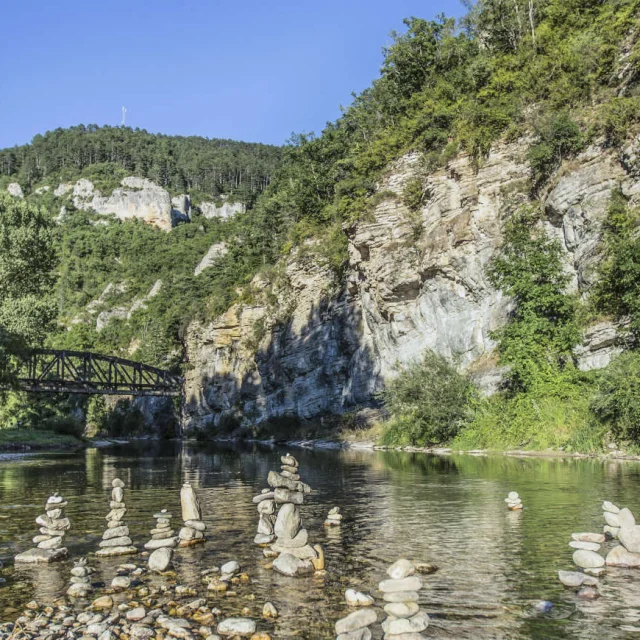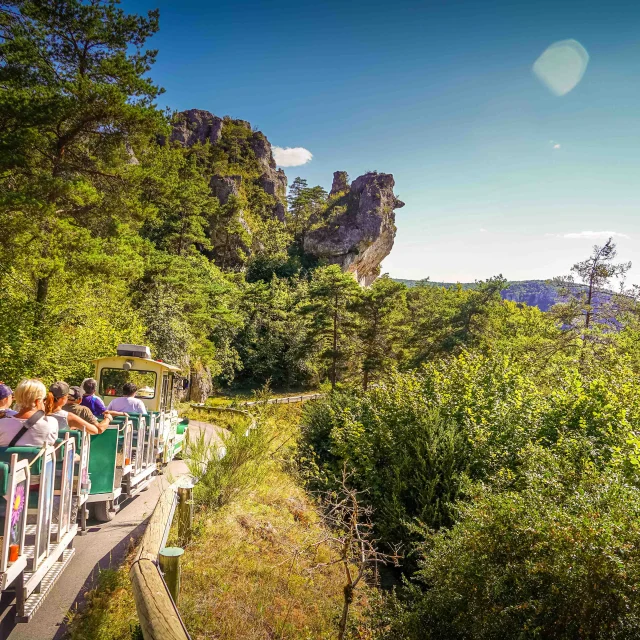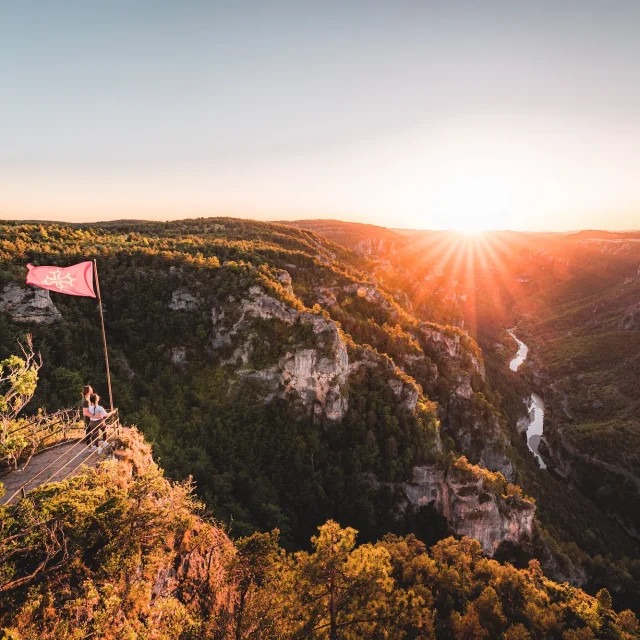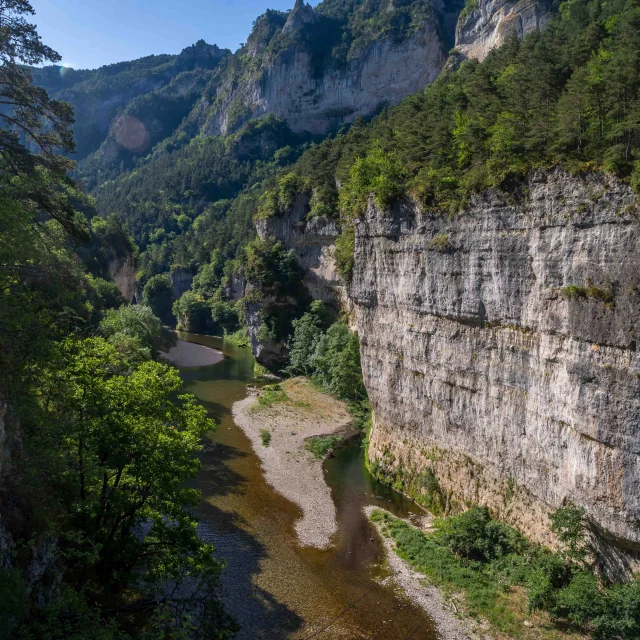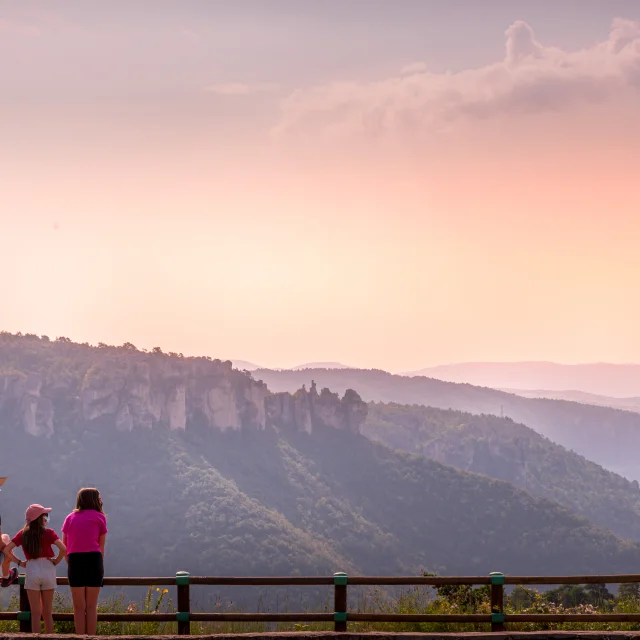The booman abbey of nuns
Mentioned in documents as early as 1153, the village of Saint Jean d’Alcas comprised, at that time, only the “Mas d’Olcas“, made up of a few houses, and its church dedicated to Saint-Jean Baptiste. ” Olcas” means arable land, suitable for agriculture and cattle breeding. At least, land rich enough to arouse the envy of neighboring lords.
In 1170 and 1196, the church and Mas d’Olcas became the property of the Cistercian priory of Nonenque, affiliated to Sylvanès. This priory, located in the Annou valley, acquired a large amount of land and became so important that it became an independent abbey. In fact, the abbess of Nonenque, as director of the abbey’s property, became the lord of the village.
A network of monastic barns was created and managed by Nonenque. In 1257, there were 7 different barns: Caussanus, Massergues, Caussanejouls, Mas Andral, etc.
The number of nuns living at the Abbey was quite high, as the same year saw the foundation of the priory of Saint-Sulpice-la-Pointe in the Tarn, dependent on Nonenque.
These rich lands often attracted the envy of many neighboring lords.
 Woody Image6602f6e59e02f
Woody Image6602f6e59e02f Woody Image6602f6e79d549
Woody Image6602f6e79d549



